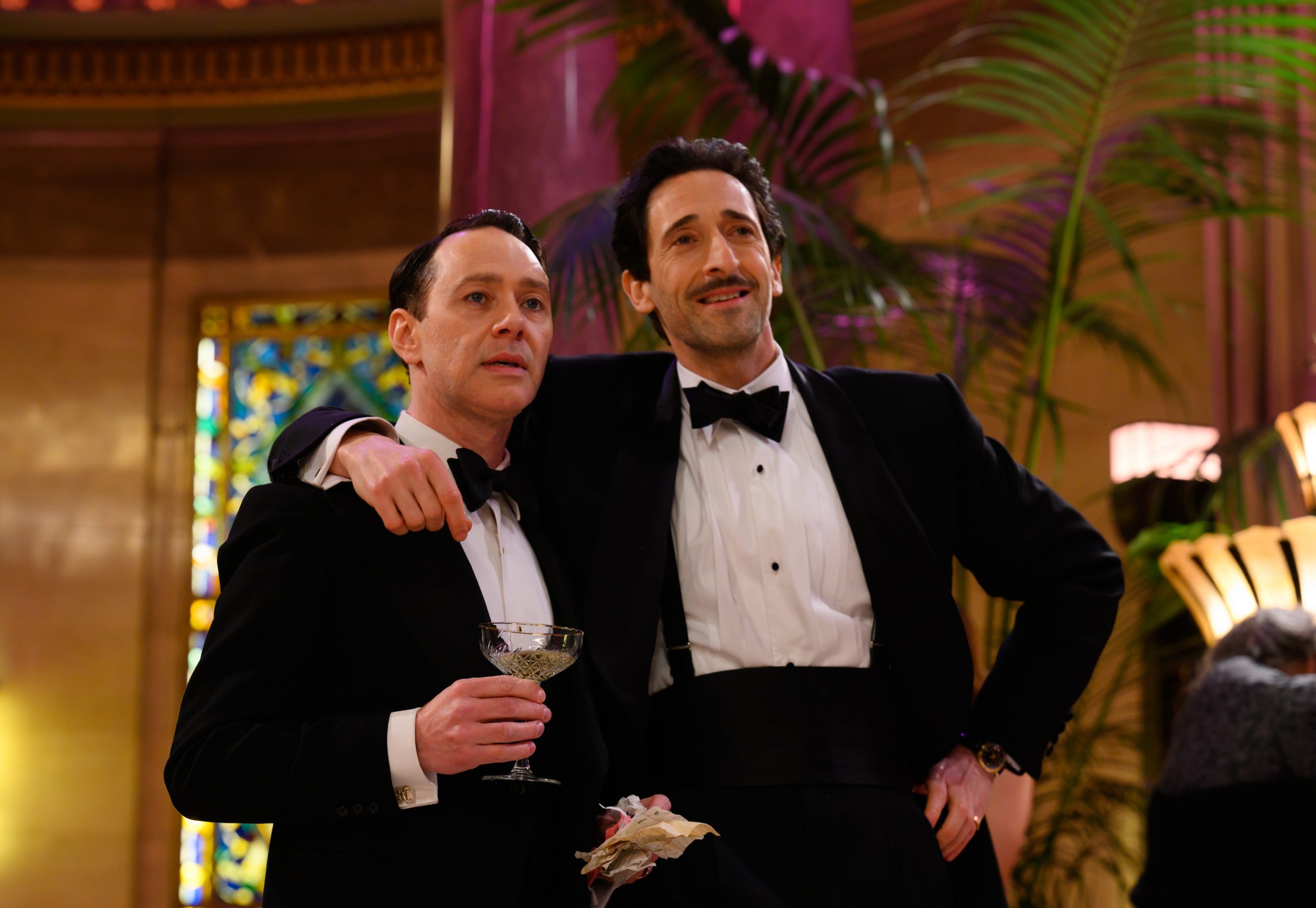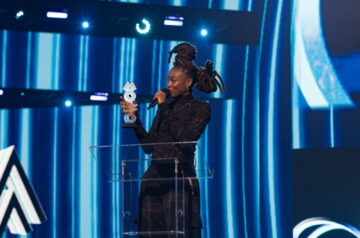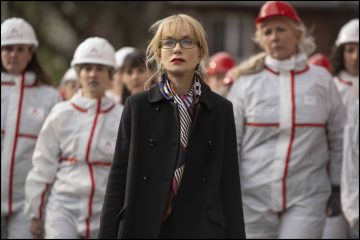
Tom George’s See How They Run will hopefully kickstart the post-summer cinema season with a bang. George, who comes from a TV background as the mastermind behind BBC’s This Country, is on unfamiliar territory, but has bagged quite an impressive cast for his feature directorial debut. We talk to George all about making See How They Run and filming in London’s West End. You can also read our review here.
I want to go back to the beginning. How did it start for you?
I had just finished working on the final series of This Country, and Searchlight sent me the script. I hadn’t imagined previously that a whodunnit would be the next step for me. But from the moment I started reading Mark (Chappell’s) script, it was clear that this was something more than a whodunnit. It was a comedy, of course, but it was also a whodunnit that’s about a whodunnit. And that felt like a very exciting thing he had constructed. I was excited to come onboard.
There’s a lot of really sharp, snappy dialogue that has a great rhythm to it. How much of that rhythm was created in post-production with editing and music and how much of it was just raw talent by your cast?
It’s always my preference to give as much control over rhythm and timing to the cast on the floor while you’re shooting. There’s a way of filming anything, but particularly comedy, where you film singles of everybody. And then you have that control to really work on timing and rhythm, with the editor in post.
But for me, there’s always a joy to watching two or more actors in a shot together, performing and, as I say, putting that power into their hands. And it creates, just for me, a more exciting watch. You get to watch both the line and the reaction. And you get to really, hopefully, feel that chemistry between those characters, particularly in Sam (Rockwell) and Saoirse’s (Ronan) case. A big part of my process is to try and get as much of that rhythm and timing and musicality of the scripts working on the floor, so that we can capture it without over-editing it.

Reece Shearsmith and Adrien Brody in See How They Run. Credit: Searchlight Pictures
The film takes place in and around London’s West End. Why do you think that’s such a magical place for filmmakers who keep going back to it?
London’s got this incredible history. It’s hard for me to talk about it really, because I’ve lived here my whole life. I don’t have any distance from it, but on a personal level, it was amazing to get to shoot this film in the capital, and to do so much of it on location.
There was a mix of set builds and location work, but getting to film in places like the Old Vic and the Savoy Hotel, as well as in and around the streets of London and Soho, in particular was really special. And I was excited by the chance to show 1950s London in a slightly different way than we’ve maybe seen itbefore and move away from that sepia-tinted, nostalgic gaze of post-war London that we’ve seen a lot of times, but not sure we need to see again.
You already mentioned you’ve worked on This Country, and you’ve done a lot of TV work. Have you learned anything from that industry and working on TV that you were able to bring into this production?
Yeah, loads. I’ve tried to bring as much of my process that has developed, particularly on This Country to See How They Run as we could. In many ways, they’re very different films – the period setting, the scale of the production.
But, for me, performance is always the most important thing. Everything else is in service of performance and the script and the storytelling. And in that sense, they’re not so different, This Country and See How They Run. At its heart, See How They Run is a character comedy, driven by brilliant performances from this amazing cast. It was a total pleasure to put it together.
See How They Run is now in cinemas.


